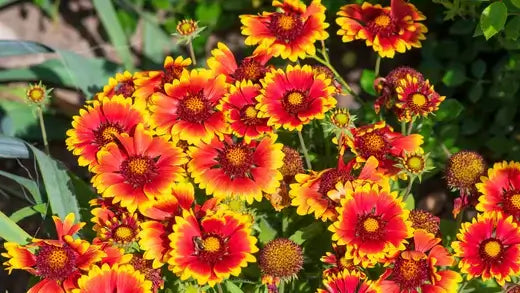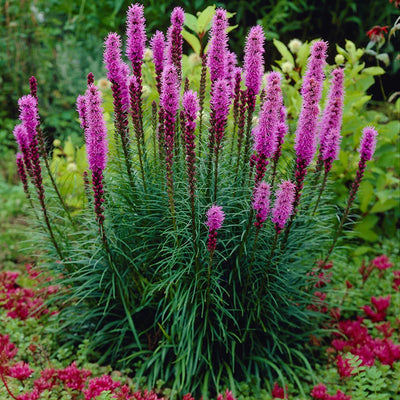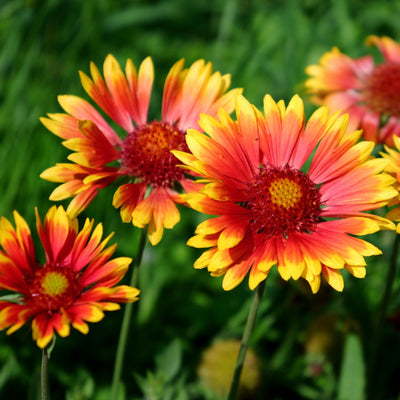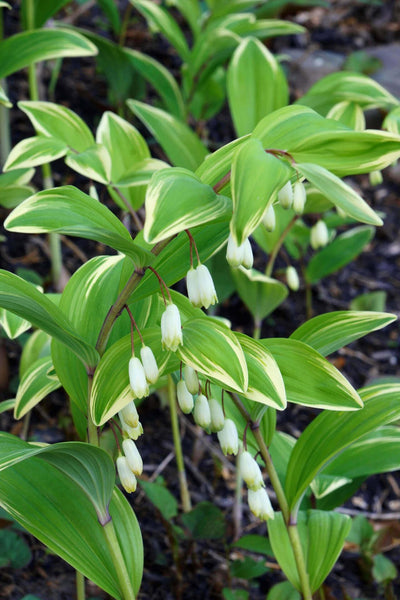The Allure of Blanket Flowers:
A Kaleidoscope of Color, Resilience, and Beauty In gardening and horticulture, few plants can match the splendor and resilience of blanket flowers (Gaillardia spp.). With their vibrant hues, extended blooming period, and impressive heat and drought resistance, these flowers have captured the hearts of garden enthusiasts and professionals alike. Hailing from the sun-soaked regions of North and South America, blanket flowers have become a beloved addition to gardens worldwide for many reasons.
Heat and Drought Resistance:
Thriving in Challenging Environments One of blanket flowers' most remarkable attributes is their ability to withstand harsh environmental conditions. Native to areas with scorching sun and limited water availability, these flowers have evolved to thrive where many other plants struggle. Their impressive heat tolerance makes them ideal for gardens in regions with intense summer temperatures. Furthermore, their drought resistance reduces the need for constant watering.
Extended Blooming Period: A Tapestry of Color That Lasts
Blanket flowers are not just fleeting beauties; they are persistent bloomers that provide a stunning display of color for an extended period. Unlike many flowering plants with a short peak blooming time, blanket flowers can produce distinctive daisy-like blossoms from late spring well into the fall. This prolonged flowering period is a boon for garden aesthetics, as it ensures that your outdoor space remains a canvas of vibrant colors for most of the growing season. Whether used as borders, mass plantings, or focal points, blanket flowers can infuse a garden with a sense of dynamism and liveliness that few other plants can achieve.
Ease of Cultivation: From Seed to Splendor
For gardeners seeking a hassle-free and rewarding experience, blanket flowers offer a straightforward and gratifying cultivation process. Starting these flowers from seeds is remarkably easy, making them an excellent choice for those new to gardening or looking for a satisfying project with guaranteed results. The seeds can be directly sown into prepared soil after the last frost, and with minimal care, they will germinate and begin their journey toward becoming vibrant blooms. Their adaptability to various soil types further simplifies the cultivation process, making them versatile for multiple garden settings.
A Kaleidoscope of Beautiful Colors:
Nature's Palette at Its Best When it comes to color diversity, blanket flowers genuinely shine. Their blossoms come in a breathtaking array of hues, from warm and fiery oranges and reds to cheerful yellows and soft, delicate pinks. The distinctive bi-color petals often feature intricate patterns that resemble the artistry of a painter's brushstroke. These captivating color combinations add visual interest and depth to gardens, effortlessly complementing other plants and elements in the landscape. Whether used in monochromatic displays or to create vibrant color contrasts, blanket flowers offer endless opportunities for creative expression.
Cultivating Blanket Flowers: Tips for Success
To successfully grow blanket flowers and fully appreciate their beauty, providing them with the right conditions and care is essential. Here are some critical tips to consider:
- Sun Exposure: Blanket flowers thrive in full sun, so ensure they receive at least 6-8 hours of direct sunlight daily.
- Well-Drained Soil: Plant them in well-drained soil to prevent root rot. Sandy or loamy soils are preferable.
- Watering: While drought-tolerant, young blanket flowers will benefit from consistent watering until established. Once mature, they require minimal watering.
- Deadheading: To encourage continuous blooming, remove spent flowers regularly. This process, known as deadheading, redirects the plant's energy into producing new blooms.
- Pruning: Consider reducing the plants in early spring to encourage new growth and maintain their compact shape.
- Mulching: Applying mulch around the plants helps retain soil moisture and regulate temperature.
- Division: Every few years, you can divide mature blanket plants to rejuvenate them and create new plants for your garden.
The allure of blanket flowers goes beyond their captivating colors; it encompasses their ability to thrive in challenging environments, their extended blooming period, and their ease of cultivation. These qualities make them a favorite among gardeners seeking color and life in their outdoor spaces. Whether you're a seasoned horticulturist or a beginner passionate about plants, blanket flowers offer a gateway to a world of natural beauty and botanical wonder. So, consider welcoming these hardy and dazzling flowers into your garden, and let them weave their colorful tapestry of charm and resilience.




